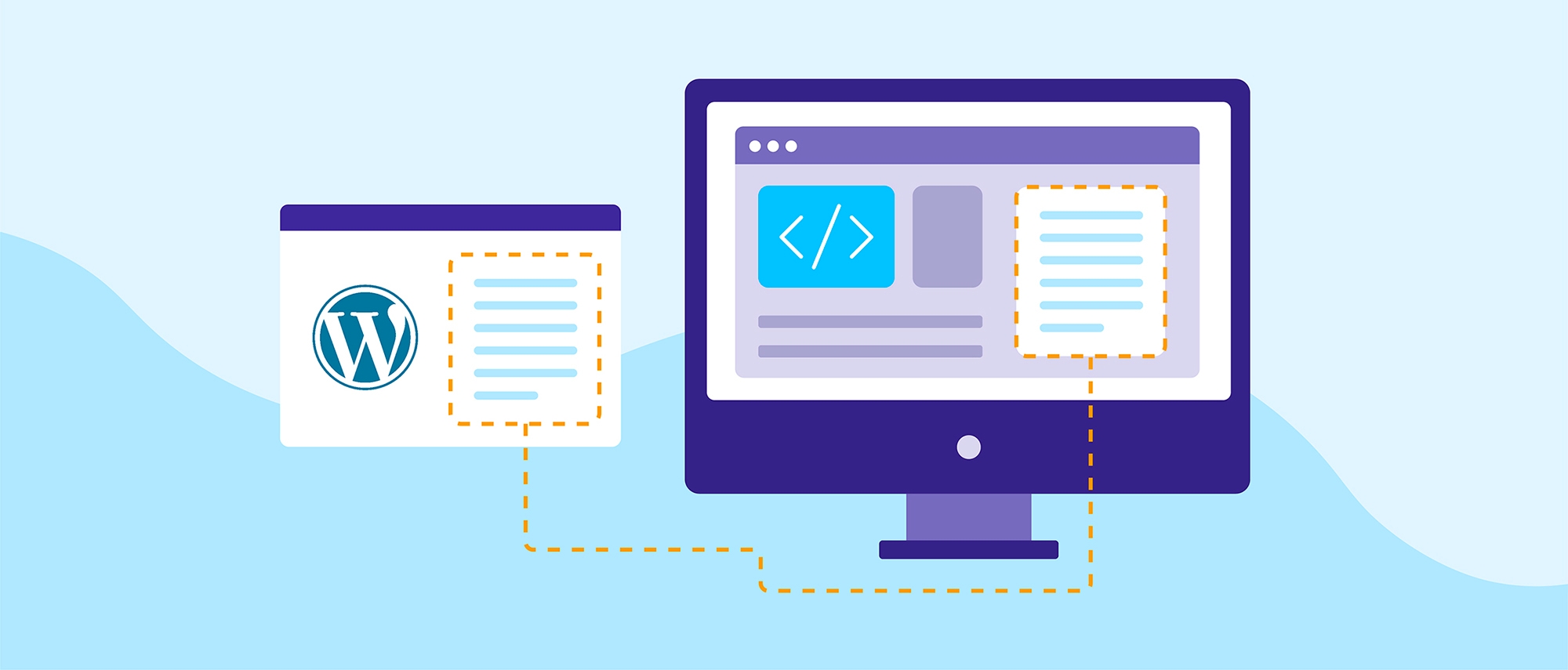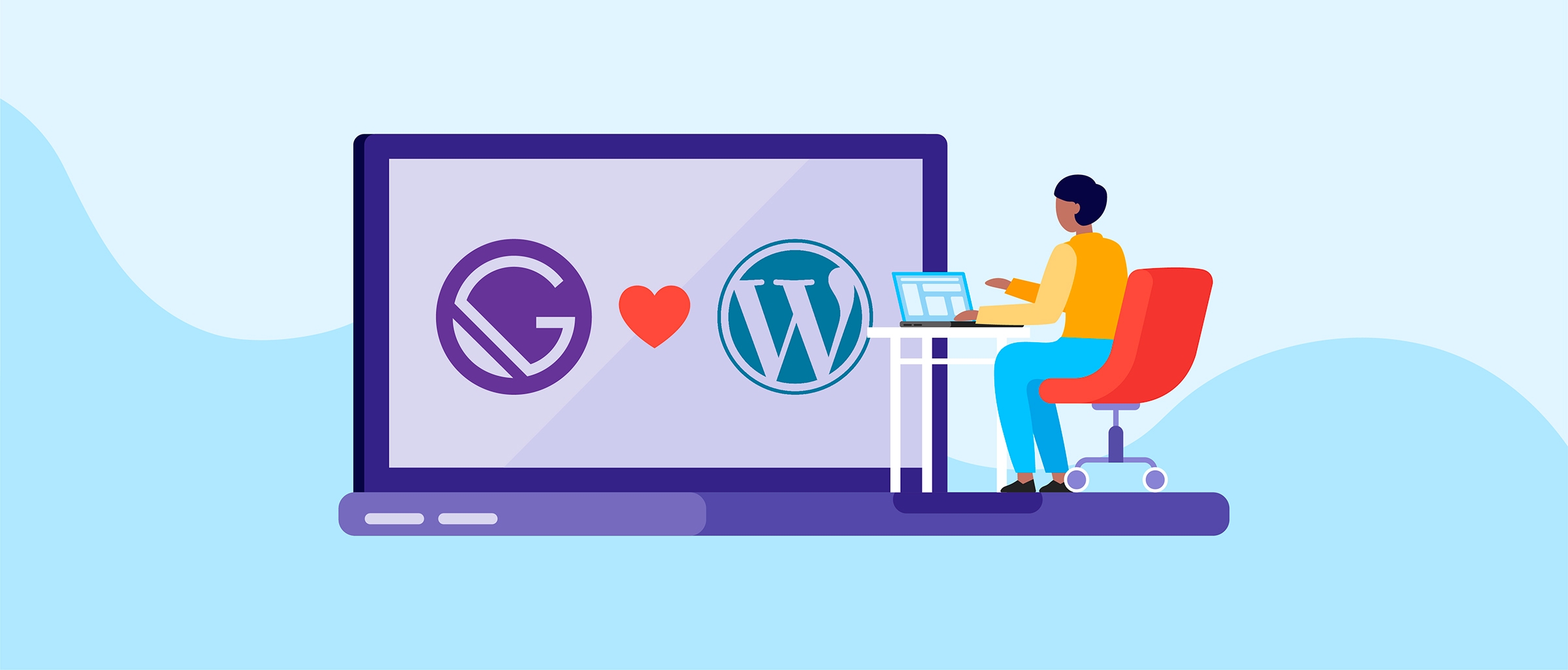As a client, your involvement can make or break the design process. While you might not be hands-on in the creation of the design itself, your feedback is an important part of making a project successful. You know your company and clients better than anyone, and your designer knows how to take your knowledge and create a great design with it. In this working relationship, positive communication and feedback is key. So, if creating a great project is all about great collaboration, how do you ensure your feedback is beneficial to the process? Here are a few tips:
1. Get Specific
Nothing is more difficult for a designer to decipher than vague language – feedback such as “make it look better” or “I don’t like it” don’t help solve the problem, but rather cause confusion. They don’t provide any direction or guidance for the designer to find an efficient solution. Instead, take some time to try to figure out what it is you don’t like about the design. Is it the colors, the fonts, the composition, the images? Is it too busy or too dull? To avoid ambiguous language, use more specific feedback such as “the images need to feature semi trucks as opposed to delivery vans.” You’ll find your perfect design will be brought to life much faster.
2. …But Don’t Take Over The Designer’s Job
When a design doesn’t come out as expected, it can be very tempting to try to create a version yourself. However, your job in the design process is not to become the designer yourself or tell the designer what to do, but to ask questions and communicate your ideas in a collaborative way that will enhance the process for both sides. Discuss the ways you think the design could be improved upon rather than attempting to recreate the design yourself – communicate what you need, not how to fix it. A good designer will listen to your ideas and incorporate them into the design, but will also have the know-how to implement them in a user-friendly and aesthetically pleasing way. You’ve hired this designer because you trusted them with your project, so give them the freedom to come up with effective solutions. They are on your side!
3. Provide Examples
Unless you’re familiar with design lingo, it can be difficult to communicate in words what you’re picturing in your head – so show us instead! Providing examples is very helpful for your designer to get an idea of what you’re looking for. Search the internet to find links, images, or screenshots of what appeals to you. Do your best to explain what it is that draws you to these examples so that your designer can integrate that into their work.
4. Make It A Conversation
Good graphic designers have reasons for what they do and have probably put a lot of thought and planning into what they have created for you. Hear them out – assume the best in their intentions and allow them the opportunity to explain how they think their design will be beneficial to you. They might have a perspective that your experience hasn’t allowed you. That said, you most likely know your business and customers better than your designer does. If you still disagree with them after listening to their logic, explain how your ideas will improve the design. Designers want to know why their design wasn’t effective so that the next go around they can create a more impactful design.
5. Keep It Organized
Keeping your feedback organized and structured will help avoid confusion, especially if you have a lot of notes. Generally, placing your feedback in bullet point lists is a great way to clearly separate revisions from each other. Also, if possible, separate your notes with headings to add context. For example, if you have revisions on the About Us page of a website design, add all your comments for that page in bullet points under a heading titled “About Us page.” This will help the designer to quickly find and address the problems you’ve found.
Also, be sure to consolidate all your notes together in one place. Revisions from multiple people within your company should be merged together in one location, such as a single email, a Word document, or a Google Doc. This will help ensure that nothing gets missed or overlooked in the revision process.
Many design agencies have already implemented a revisions process within their overall design process. Adhering to these guidelines will ensure that your project stays organized and on track.
Let’s Get Together
In the end, the success of a design project relies on your designer – and you. Your feedback guides and shapes the end product, so you are an integral piece of creating a great partnership and a great design. Next time you begin a project, make sure to put these tips to action and see what remarkable things are created.
Our design team here at Double Up Digital can help bring your next project to life. Let’s collaborate! Get in touch with us today to learn more about our services.





